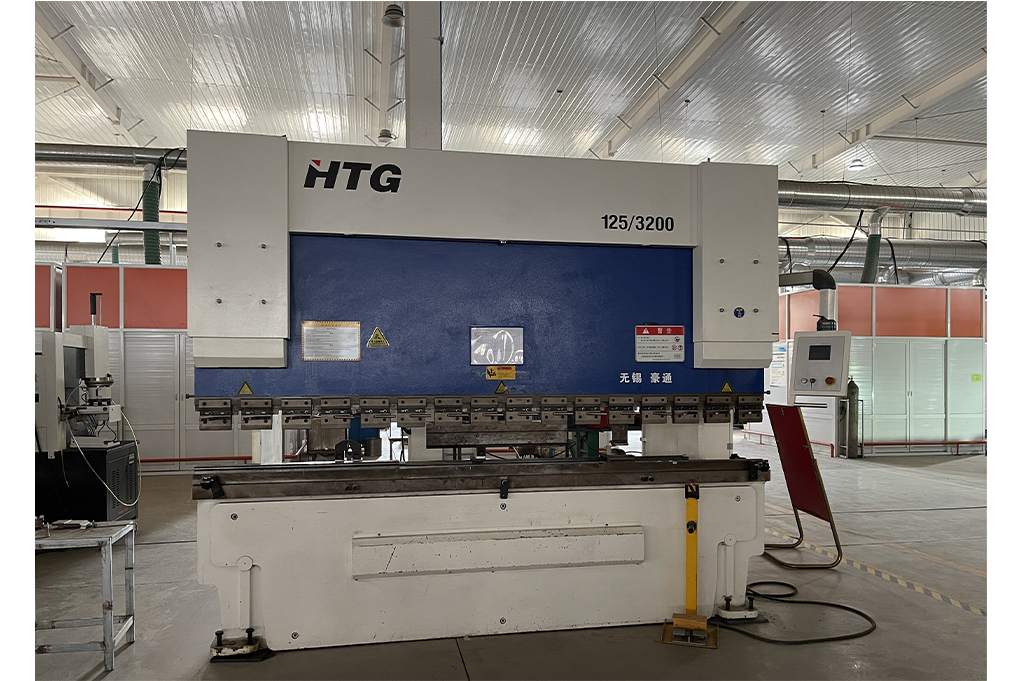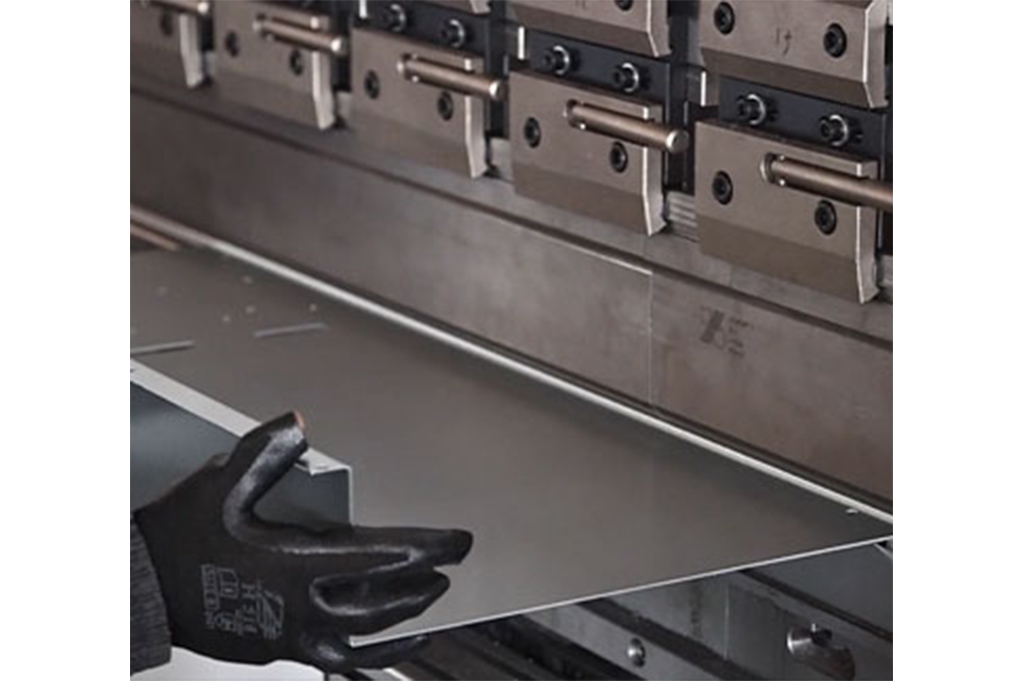
The Basics of Metal Bending At its core:
metal bending involves deforming a piece of metal to achieve a desired shape. This process takes advantage of the plasticity of metals,
which allows them to be shaped without breaking under the application of force. Different types of metals have varying degrees of plasticity,
which influences how they respond to the bending process.
For example,
aluminum is known for its excellent formability, making it relatively easy to bend compared to some high-strength steels.
Methods of Metal Bending
There are several methods used in metal bending, each with its own advantages and applications.
Press Braking
Press braking is one of the most common methods. It uses a press brake machine, which consists of a bed, a ram, and a set of dies.
The metal sheet is placed on the bed, and the ram descends, applying pressure through the dies to bend the metal.
This method offers high precision and can be used for a variety of materials and thicknesses.
It’s widely used in the production of sheet metal components for industries such as electronics, appliances, and furniture.
Roll Bending
Roll bending involves passing a metal sheet or plate through a set of rolls. These rolls gradually apply pressure and shape the metal into a curved form.
Roll bending is ideal for creating cylindrical or curved structures, like pipes, tanks, and architectural arches.
It can handle large-scale projects and is known for its ability to produce smooth, consistent bends.
Tube Bending
Tube bending is specifically designed for bending pipes and tubes.
Specialized tube bending machines are used to carefully manipulate the tubes without collapsing or wrinkling them.
This method is crucial in industries such as automotive, aerospace, and plumbing,
where precisely bent tubes are required for fluid transfer systems, exhaust systems, and more.
Challenges in Metal Bending
While metal bending is a remarkable process, it comes with its fair share of challenges. One of the main issues is achieving the desired bend angle and radius accurately.
Factors such as the material properties, the bending method used, and the tooling can all affect the final result. Another challenge is preventing defects like cracking,
springback (where the metal rebounds slightly after bending), and wrinkling.
Skilled operators and advanced technology are essential to overcome these challenges and ensure high-quality bends.
Innovations in Metal Bending
The metal bending industry is constantly evolving, thanks to technological advancements.
Computer-aided design (CAD) and computer-aided manufacturing (CAM) technologies have revolutionized the way bending processes are planned and executed.
These systems allow for precise modeling and simulation of the bending process, reducing errors and improving efficiency. Additionally,
the development of new materials and heat treatment techniques is expanding the possibilities of metal bending, enabling the creation of more complex and durable parts.
In conclusion, metal bending is a captivating blend of art and science. It requires a deep understanding of materials, advanced machinery, and skilled craftsmanship.
At [Company Name], we are dedicated to pushing the boundaries of metal bending, using the latest technologies and techniques to deliver top-notch products to our clients.
Whether it’s a small-scale custom project or a large production run, we strive for excellence in every bend.
So, that’s a wrap on our exploration of metal bending. Stay tuned for more exciting insights into the world of metalworking in our future blogs!

